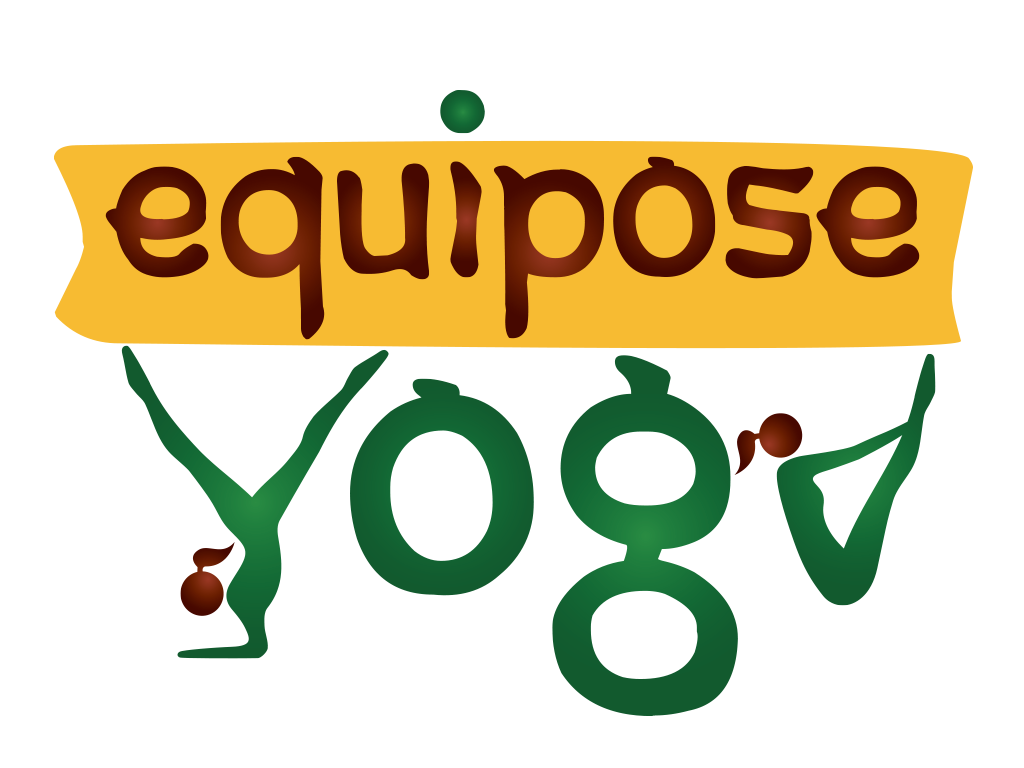In an asana yoga practice, the tissues of the body are compressed, stretched and twisted. The analogy that Bernie Clark uses in The Complete Guide to Yin Yoga is that the body is like a wet sponge with much debris in it until it is twisted free of this debis, allowing the clean sponge to breathe freely and to soak up clean water, or, in the case of the body, fresh prana or breath.
In an active yang practice, energy is released; in a more passive yin practice, deep blockages to the energy flow are removed. Both kinds of practice are necessary. The next question might be, “What causes blockages in the energy flow and what are those blockages, really?”
Tension and compression limit our ROM (range of motion), and the biggest limit to flexibility, when it is caused by tension, is the joint’s rigidity, followed by the muscle and its fascia. This tension is felt in the direction away from the movement; for example, if you folded one leg backward while standing and the heel stops before the calf presses into the back of the leg, it may be due to tension in the quadriceps. If compression is the culprit, it is felt in the direction of the movement; for instance, when the calf is squeezed into the back of the thigh or when the heel pushes into the buttock, you could be experiencing compression.
While yang yoga addresses muscle tissue and its fascia and skin, yin is necessary to safely open joints and ligament which provide 47% of the body’s ROM. But each person’s ROM is different according to his joint, muscle and fascia resistance.
Next week: “Understanding Fascia”

